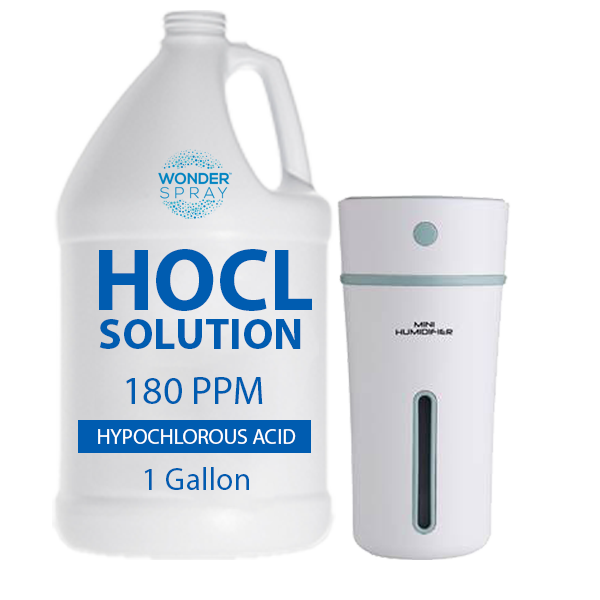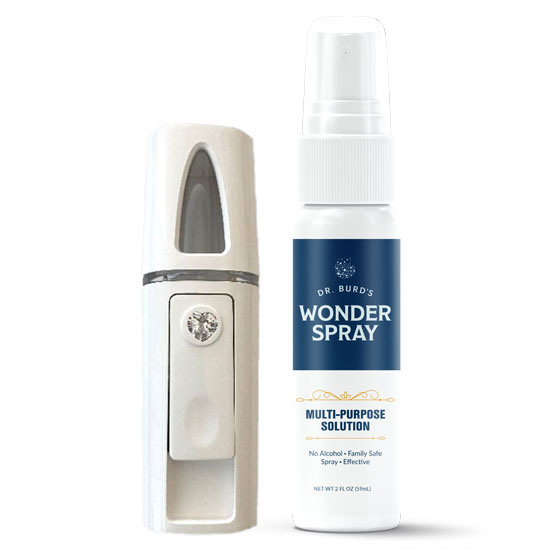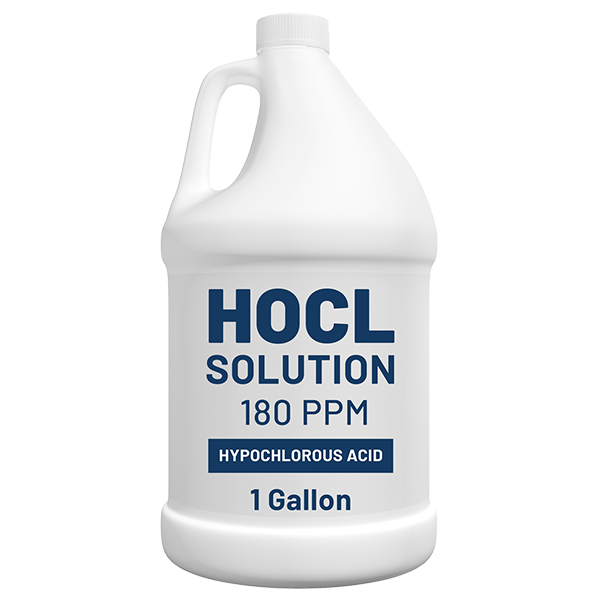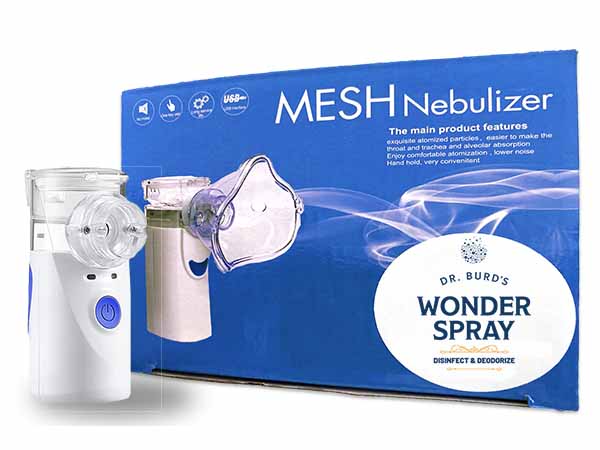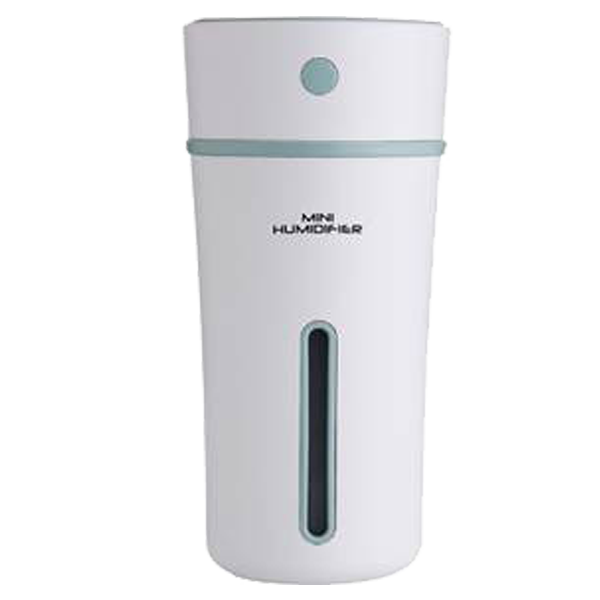LASIK and LASEK are similar forms of laser eye surgery used to correct nearsightedness, farsightedness, astigmatism, and (with special conditions) presbyopia. LASIK is an acronym for “Laser-Assisted In Situ Keratomileusis,” while LASEK stands for “Laser Assisted Sub-Epithelial Keratomileusis.” The reference to “sub-epithelial” in the second acronym provides a clue to the differences between these two surgeries.
Epithelium
In LASEK, the epithelium, or thinnest outer layer of the cornea, is cut not with the microkeratome cutting blade used in LASIK, but with a finer tool called a trephine. Both surgeries create a covering for the cornea, which can be put back in place at the end of the procedure. Because it uses a thinner cutting instrument, the LASEK procedure can create this covering from just the epithelium, whereas LASIK involves cutting into deeper layers of the cornea.
When the epithelial layer has been moved out of the way, a laser alters the shape of the cornea below, and then the epithelium is returned to its natural place. Sometimes the thin tissue is too weak to be laid back in place. In these cases, it’s removed, essentially turning the procedure into a PRK.
Results
Using the epithelium layer as a natural protective bandage may improve healing and reduce the incidence of postoperative haze, when compared to PRK. Although all the tissue is present immediately following surgery, it needs time to adhere to your eye. A smooth, central epithelium is crucial for clear vision. It normally takes three to ten days for the layer to heal and resurface the cornea.
Both LASEK and LASIK procedures have their pluses and minuses. After the epithelial “E” surgery, recovery takes a few days longer and may involve greater post-operative pain than the “I” surgery, which, despite involving a deeper cut, is generally painless. On the other hand, LASEK is less likely to result in dry eye issues than LASIK and results in fewer post-operative haze problems, perhaps because “E” preserves more corneal tissue.
In a Haze
Haze is a scar-like material in the cornea, caused by the cornea’s wound response. A cornea’s “healing haze,” usually lasts for three to six months. The stronger the prescription being treated, the greater the problem, and the more unpredictable the results. Haze involves the body laying down of tissue and thus results in a partial reversal of the treatment. It’s not usually bad enough to impair vision, but can produce glare when driving at night. Even with LASEK, there may be a higher incidence of cloudiness of the cornea for patients having very high degrees of nearsightedness (myopia).
Good Candidates
“E” surgery is a great option for patients previously turned down for “I” surgery because of thin or unusually shaped corneas or large pupils. It’s also better for people with dry eye syndrome because it involves cutting such a thin layer that the corneal nerves controlling our tearing reflex are left undamaged. Laser “E” surgery is relatively new and is only performed by select laser vision correction surgeons, so candidates must have access to a surgeon experienced with the procedure and equipment.




